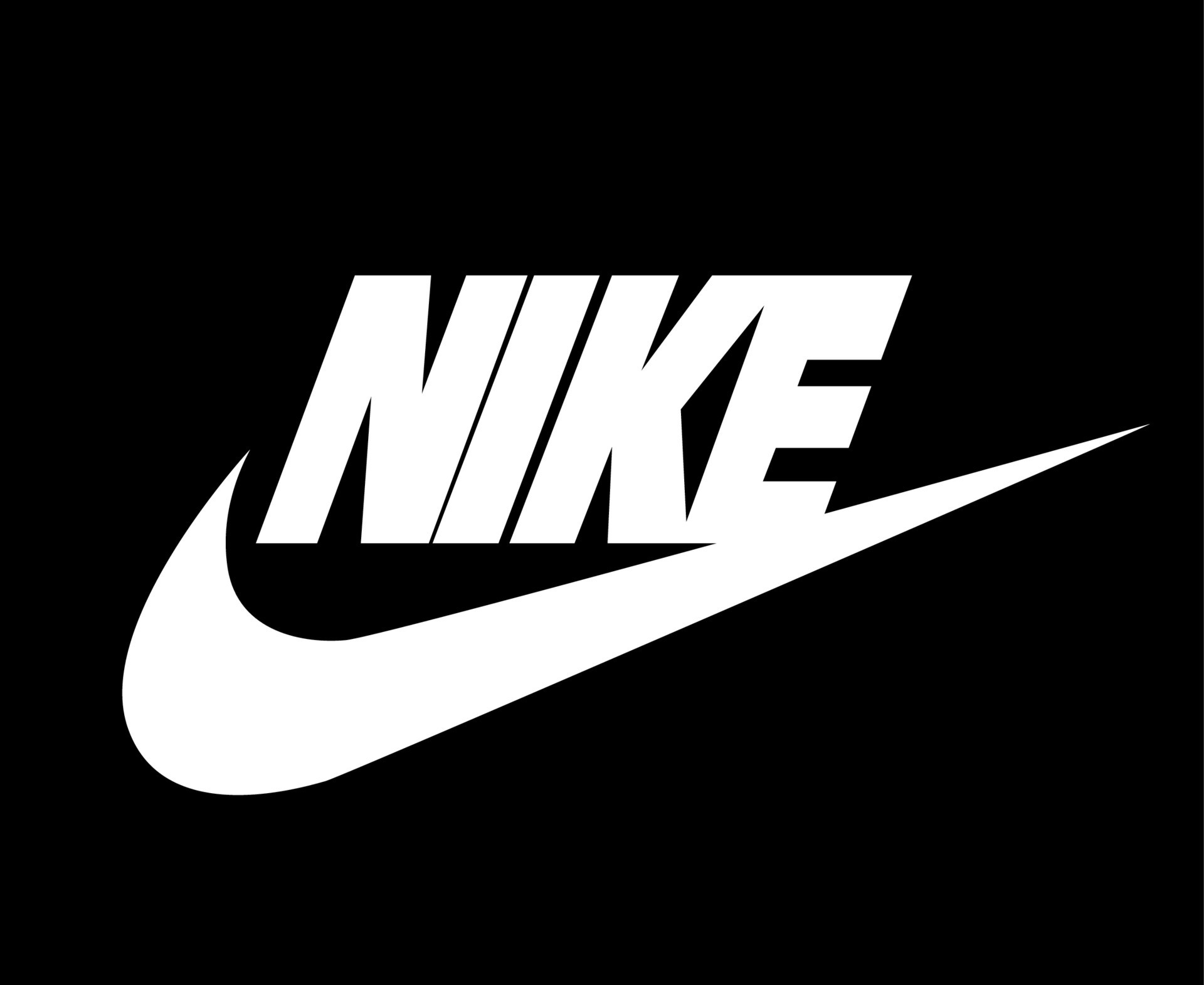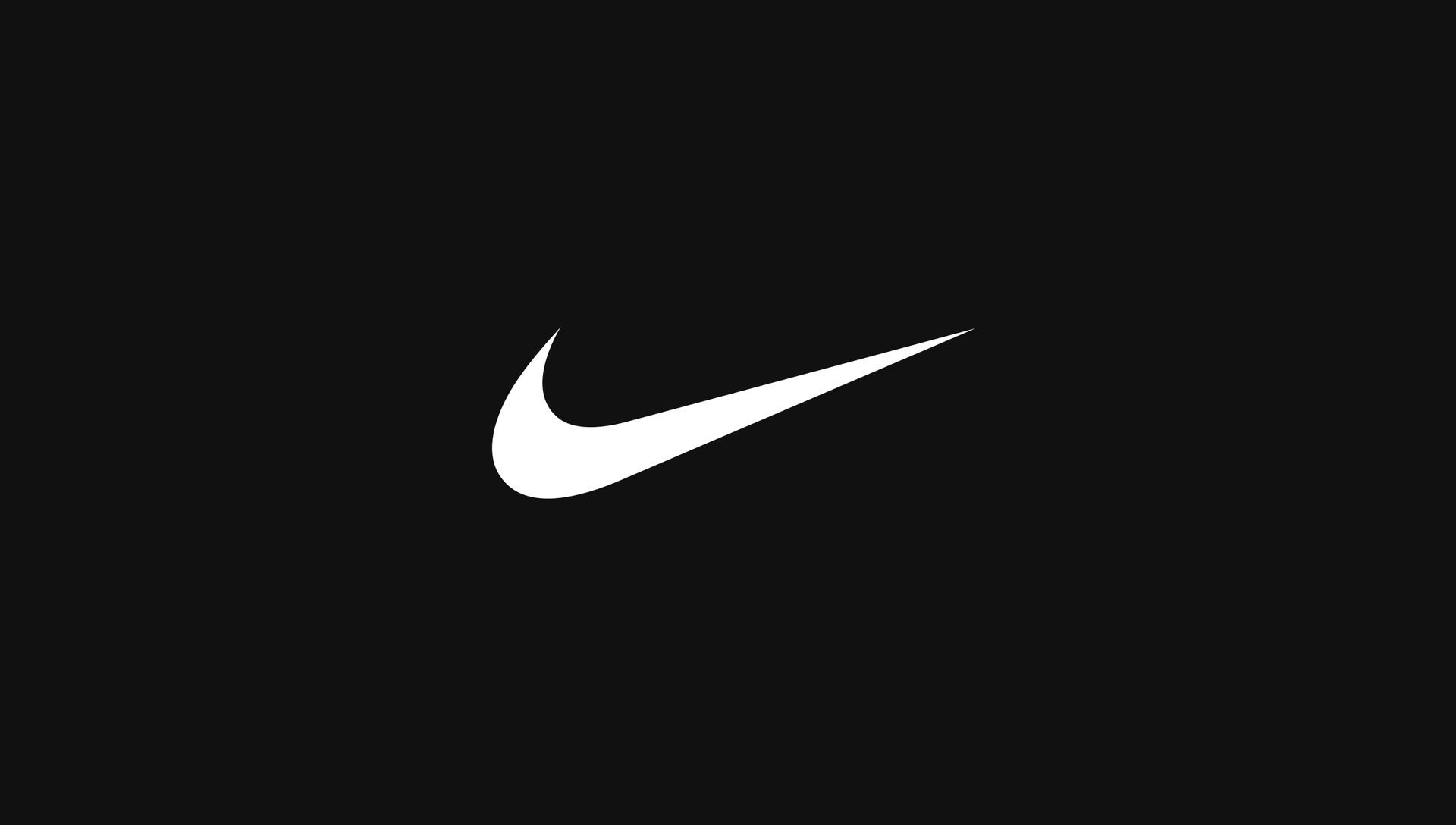When it comes to choosing a sports bag, two names frequently rise to the top of the list: Nike and Adidas. Both brands are renowned for their iconic styles and high-quality gear, but which brand offers the best storage and durability in their bags? Whether you’re an athlete, a gym-goer, or just someone who needs a reliable bag for everyday use, let’s dive into the features of Nike and Adidas bags to help you make an informed decision.
Storage Capacity: A Look at Space and Organization
Nike: Designed for Versatility
Nike bags are known for their functional designs and smart use of space. Many Nike bags come with multiple compartments, including dedicated sections for shoes, wet gear, and smaller pockets for valuables. Nike’s focus on versatility is ideal for those who need an all-in-one bag that can transition from gym use to everyday tasks. The Nike Brasilia series, for example, offers various sizes, from small duffels to larger backpacks, providing options that cater to different storage needs. These bags often have well-designed interior layouts, allowing for efficient organization.
Adidas: Simplicity with a Purpose
Adidas bags, on the other hand, tend to favor a simpler, more streamlined design. While still spacious, Adidas typically focuses on fewer compartments with a larger main storage area. This design is great for those who prefer minimalism and need to carry bulkier items without the need for multiple dividers. The Adidas Defender Duffel is a classic example, providing ample space for gym gear, clothes, or travel essentials without excessive compartmentalization. Although it lacks as many pockets as some Nike designs, it excels in offering straightforward, functional storage for athletes on the go.
Durability: Built to Last
Nike: Durability Meets Innovation
Nike is known for using durable materials like high-denier polyester, which is both lightweight and resistant to wear and tear. Bags like the Nike Elite Pro Backpack and the Nike Vapor Power Training Duffel incorporate weather-resistant fabrics and reinforced seams, ensuring that they can handle heavy loads and tough conditions. Nike’s attention to detail with features like padded shoulder straps and water-resistant bases adds extra durability and comfort for those who are constantly on the move.
Adidas: Durability Rooted in Heritage
Adidas bags, built with their heritage of performance sportswear, also boast impressive durability. The Adidas Team Issue Duffel, for instance, is made from robust polyester with a reinforced bottom panel, designed to handle the rigors of daily use. Adidas often uses materials that are both durable and lightweight, allowing the bags to withstand heavy use without feeling too bulky. Moreover, many Adidas bags incorporate abrasion-resistant fabric, making them a great choice for outdoor activities where the bag might be exposed to rough surfaces.
Style and Aesthetic Appeal
While functionality is key, style plays an important role in choosing a bag. Both Nike and Adidas cater to different tastes and preferences when it comes to aesthetics.
Nike: Sleek and Modern
Nike’s bags often have a sleek, modern design that appeals to urban professionals, athletes, and students alike. The minimalistic branding with the iconic Swoosh logo is both subtle and recognizable. Color options tend to be versatile, with classic black, grey, and navy being popular choices, but Nike also offers bold colors and graphic prints for those who want their bag to stand out.
Adidas: Classic with a Bold Touch
Adidas sticks closer to its roots, often embracing a retro-inspired design. The famous three stripes are a central feature on many of its bags, giving them a timeless, athletic look. Adidas tends to offer brighter colorways and patterns, appealing to those who enjoy a bolder, more expressive style. Their bags are often more playful in design, but with a clear nod to their sports heritage.
Price and Value
Both Nike and Adidas offer bags at various price points, depending on the size, materials, and features.
- Nike bags tend to be priced slightly higher, reflecting their innovation in materials and the additional compartments and features they offer. If you need a bag with multiple specialized compartments and premium materials, the investment may be worth it.
- Adidas bags often offer great value for money, especially if you’re looking for a straightforward, durable bag without too many extras. Their simpler designs may come at a more affordable price, while still maintaining high standards of quality and durability.
Conclusion: Which Brand Should You Choose?
When choosing between Nike and Adidas bags, it ultimately comes down to your individual needs:
- If you prioritize versatility and detailed organization, Nike’s bags are likely the better option. Their thoughtful designs with multiple compartments make them perfect for athletes, commuters, and gym-goers who need efficient storage.
- If you prefer simplicity, durability, and a lower price point, Adidas bags are an excellent choice. They provide plenty of space for all your essentials without unnecessary frills, and their bold designs appeal to those who appreciate a classic athletic look.
Both brands offer bags that excel in durability and storage, but your personal preference for style and how you plan to use the bag should guide your decision. Whether you choose Nike or Adidas, you can rest assured that you’re investing in a high-quality, long-lasting product.



